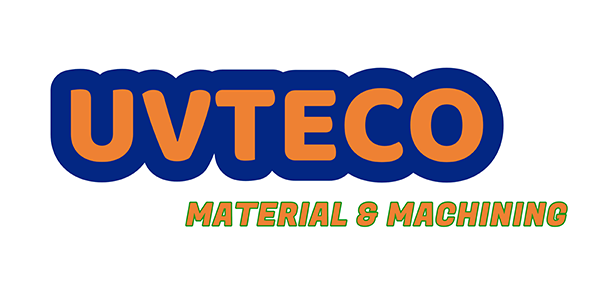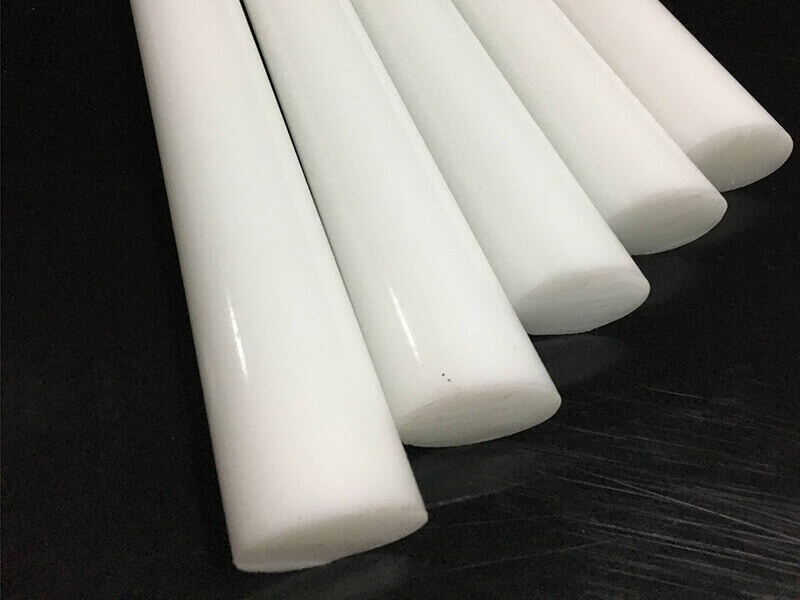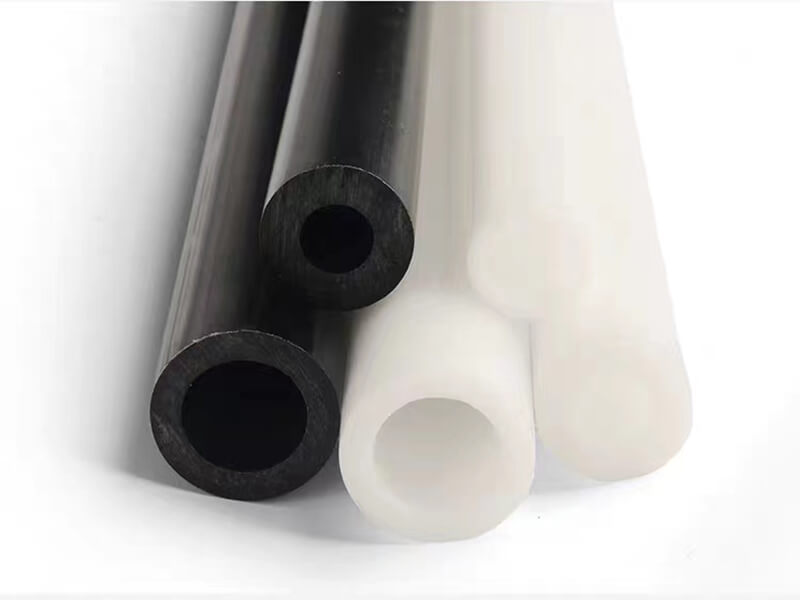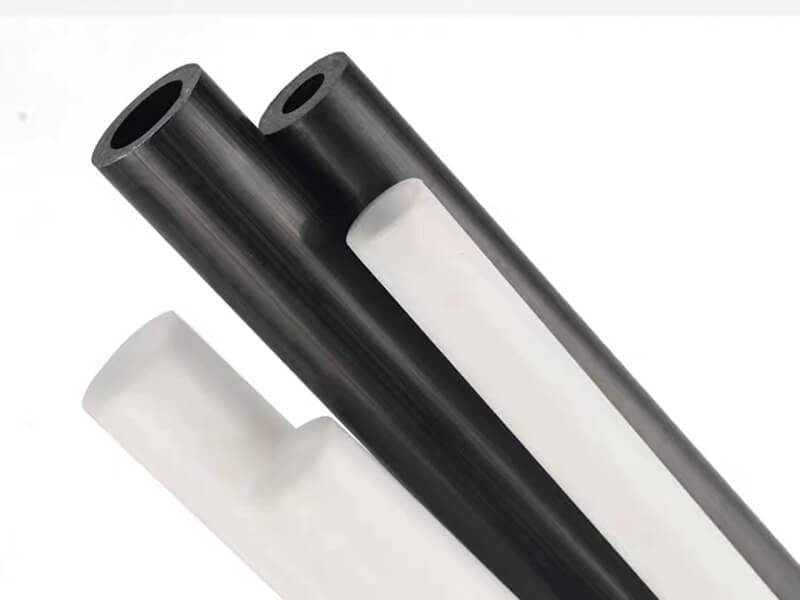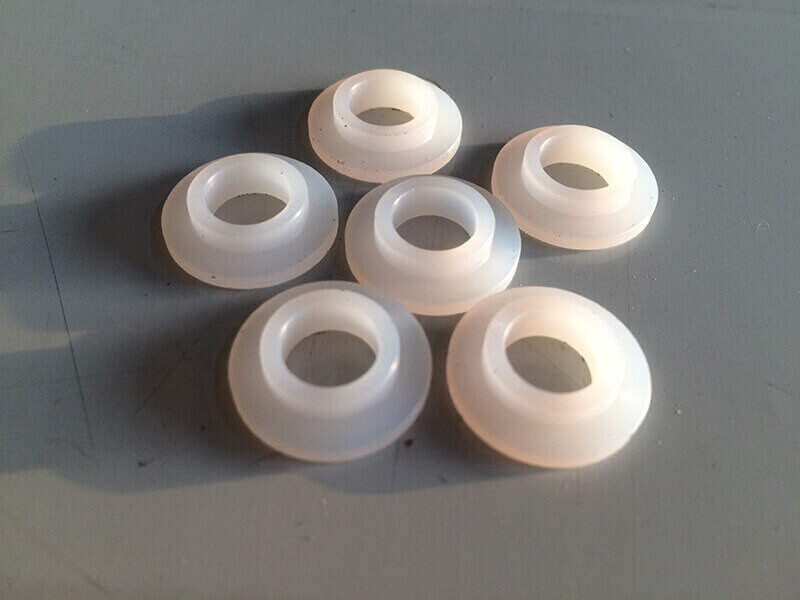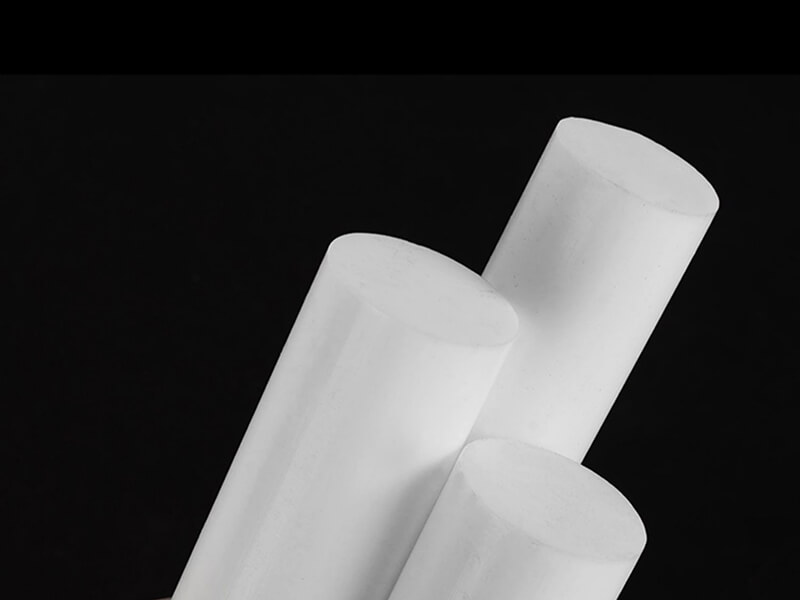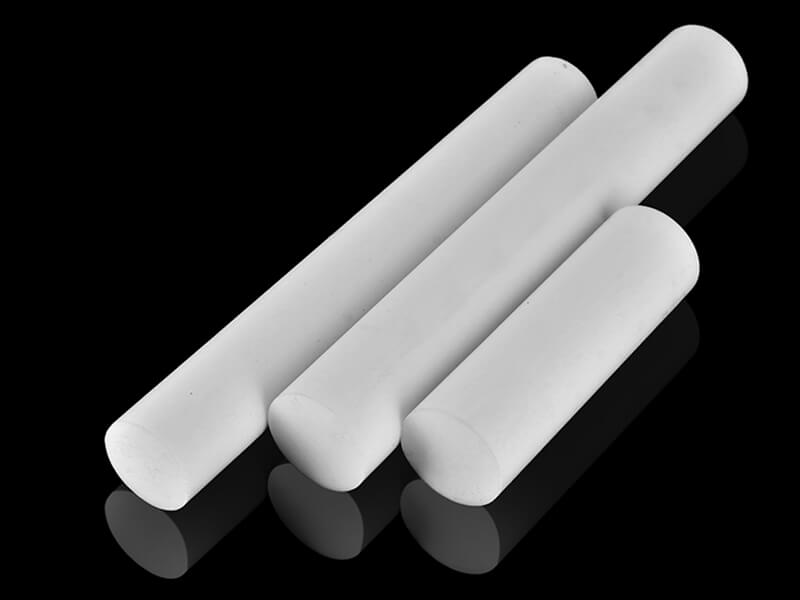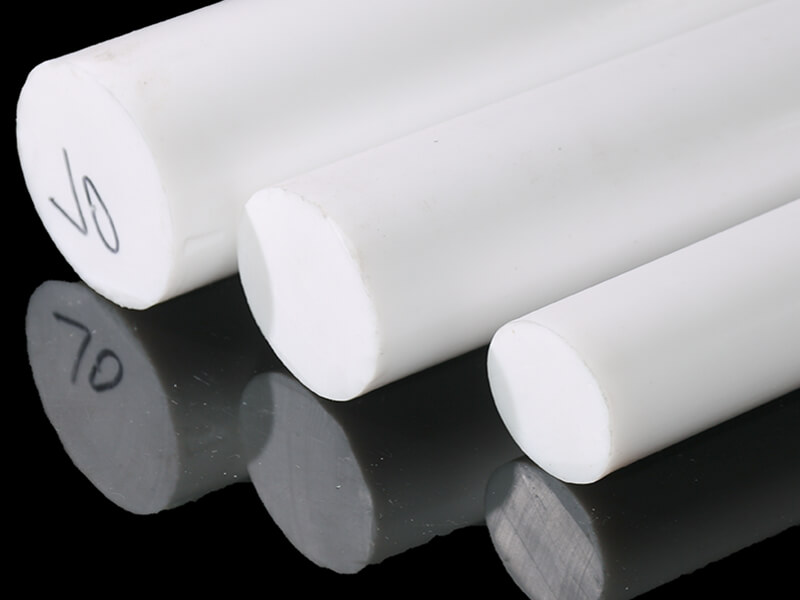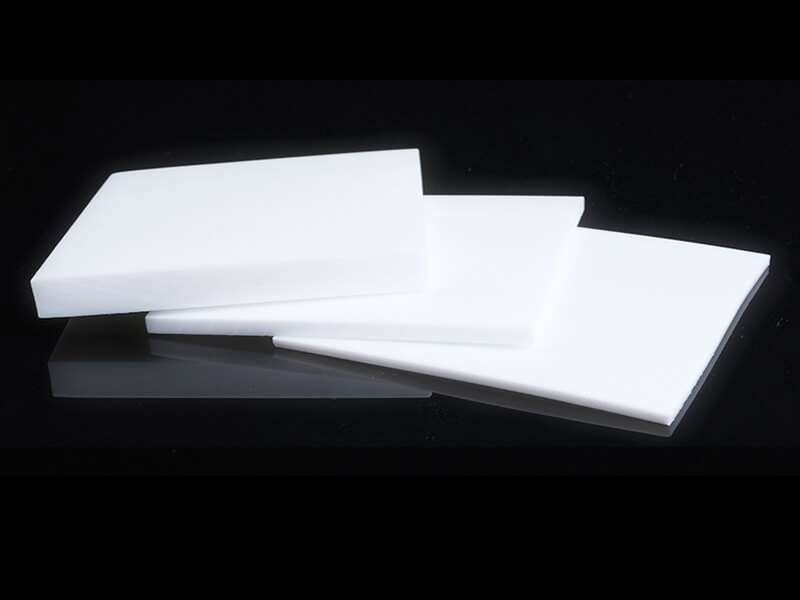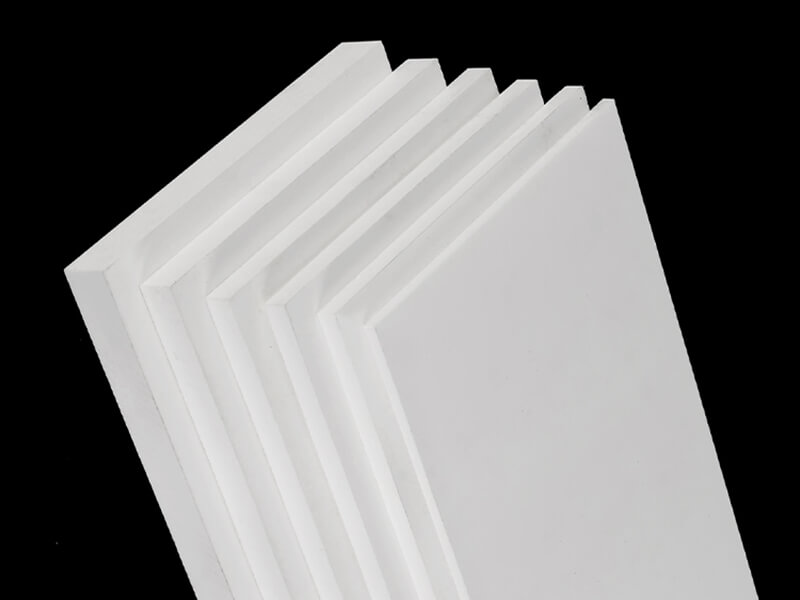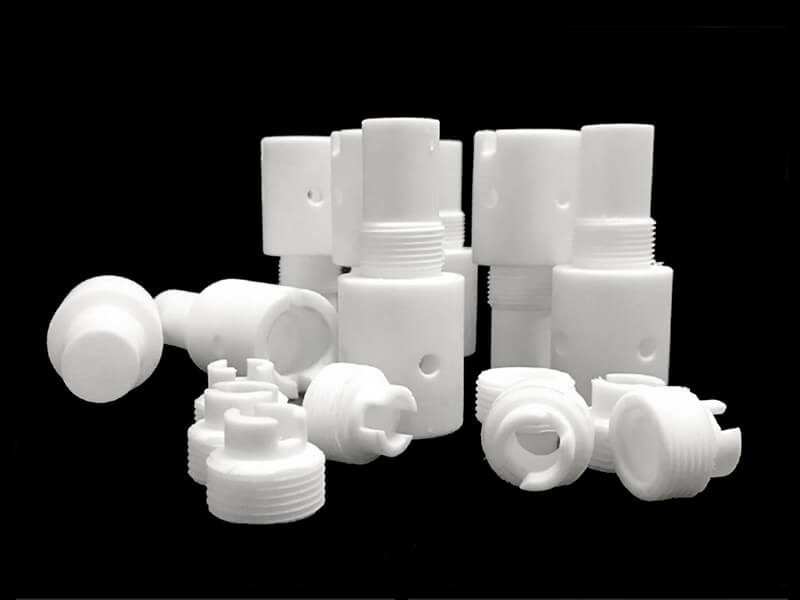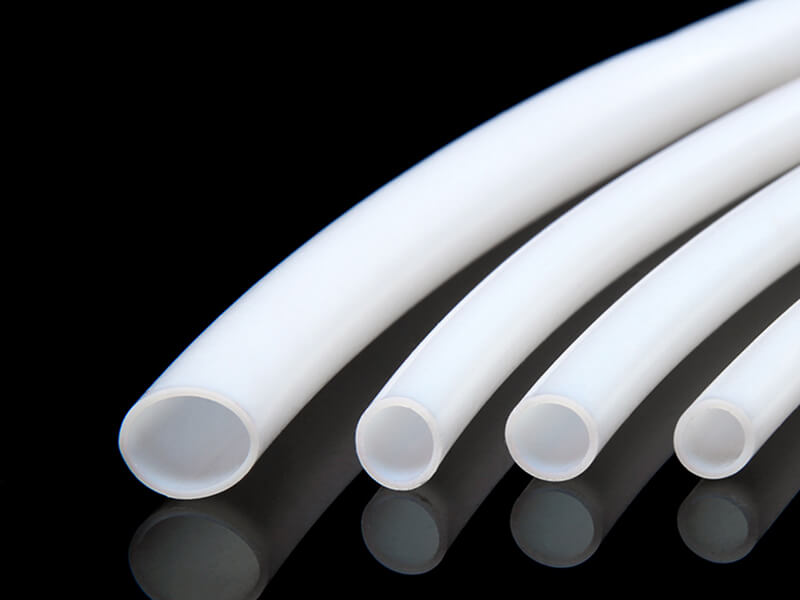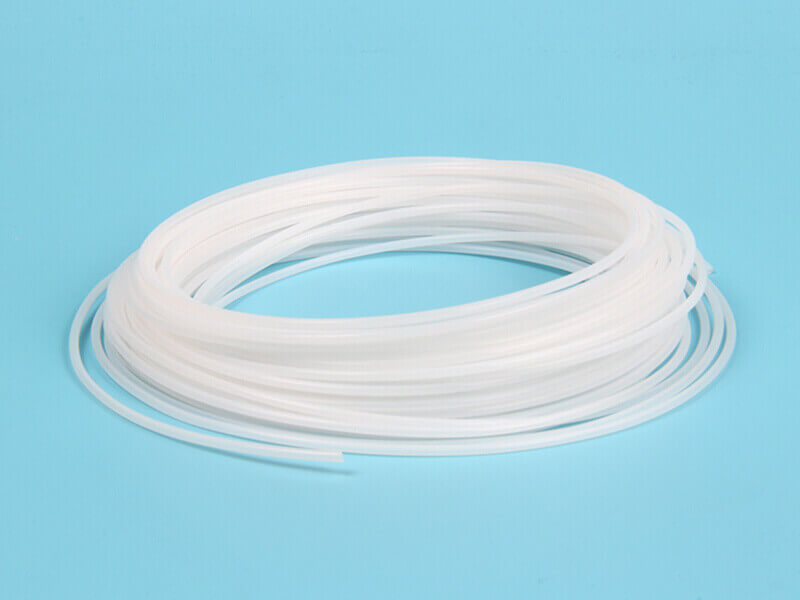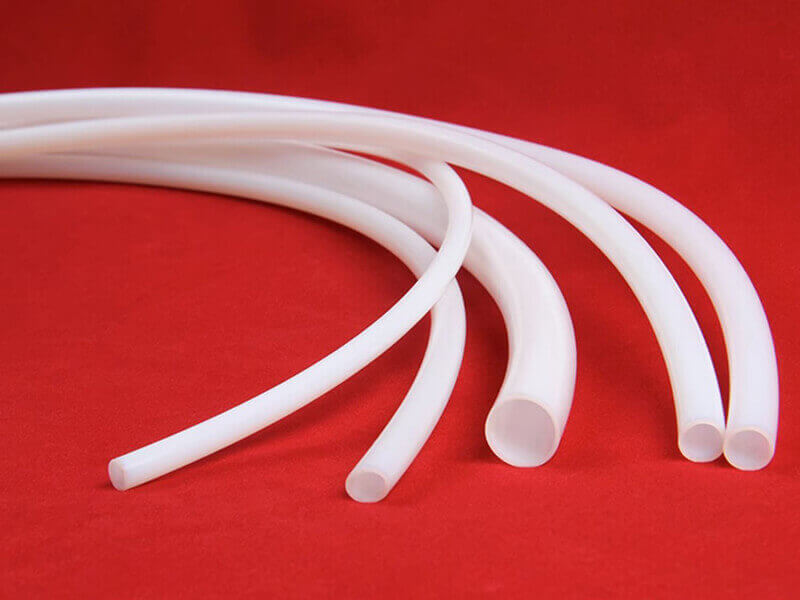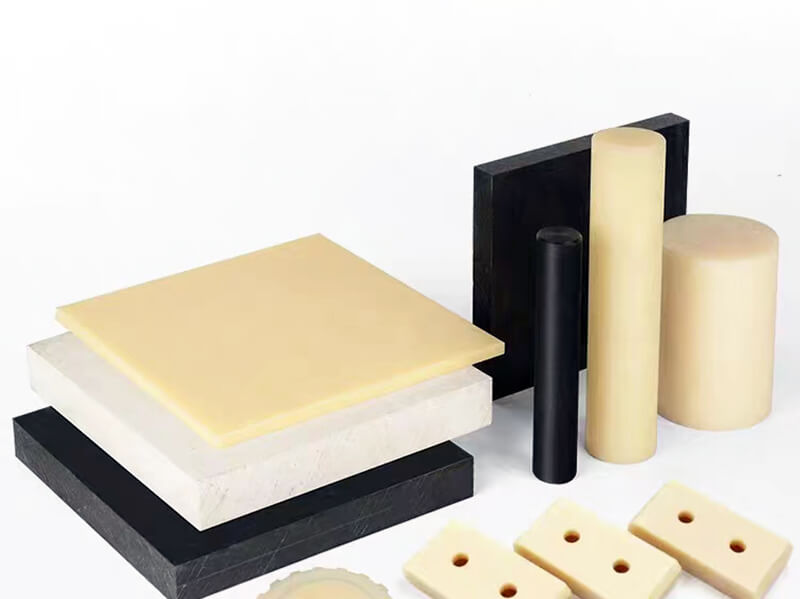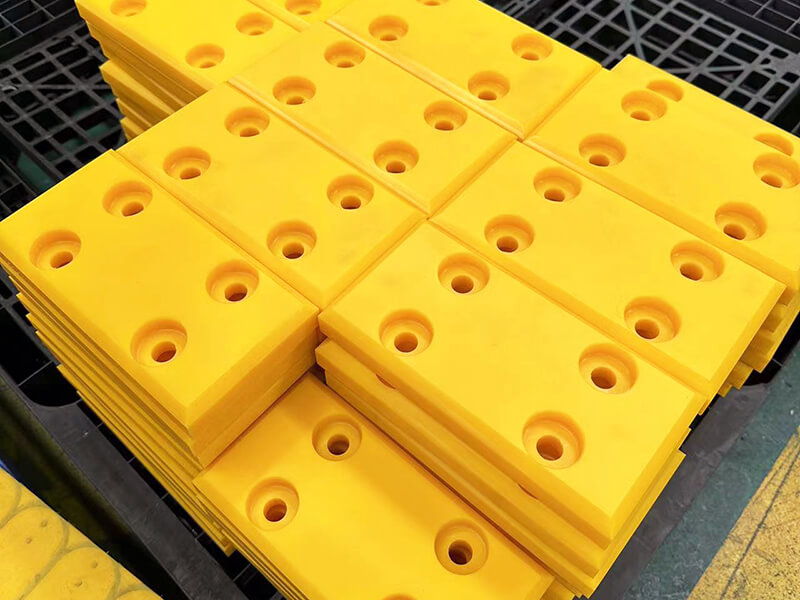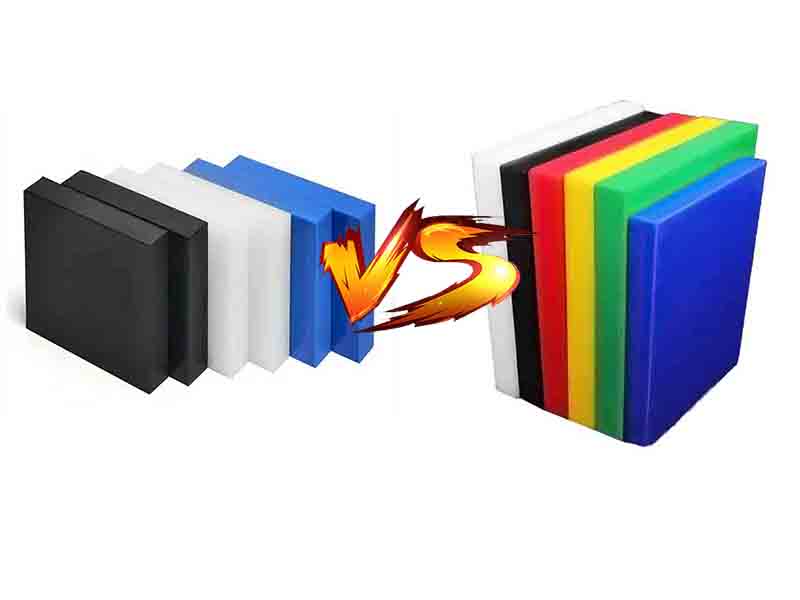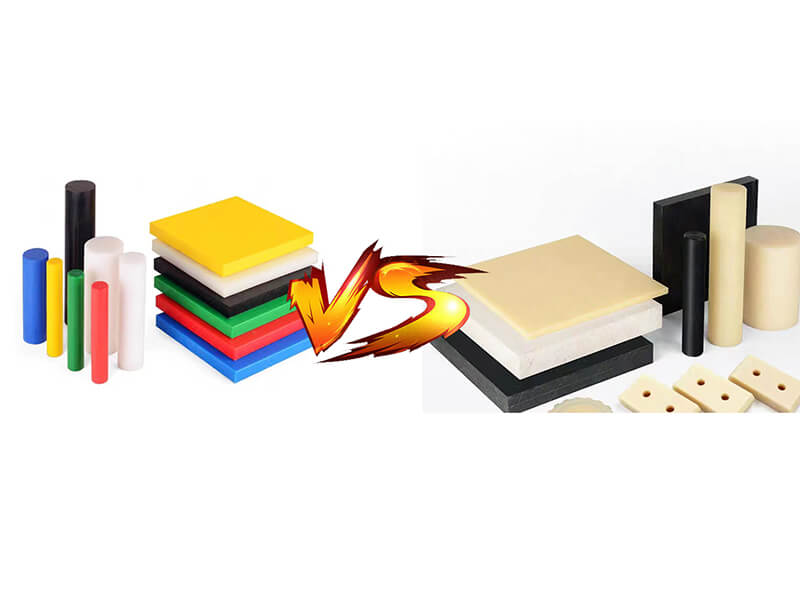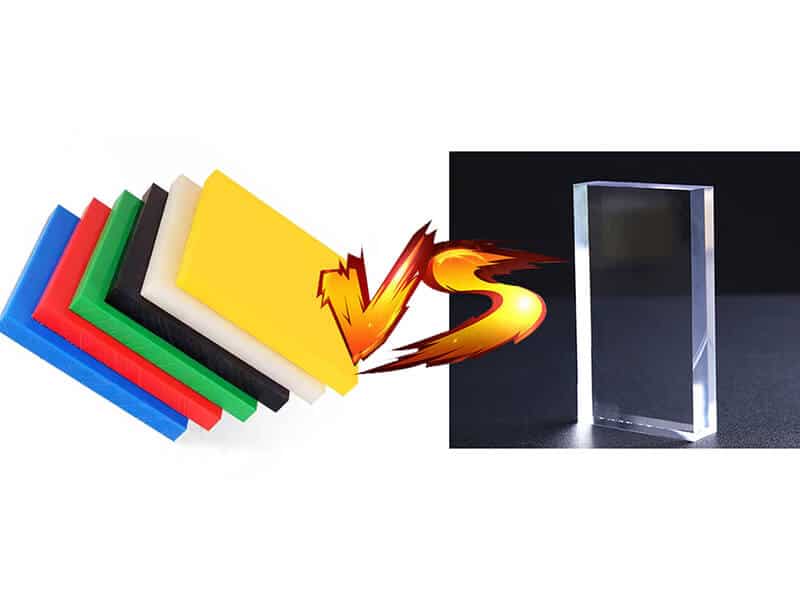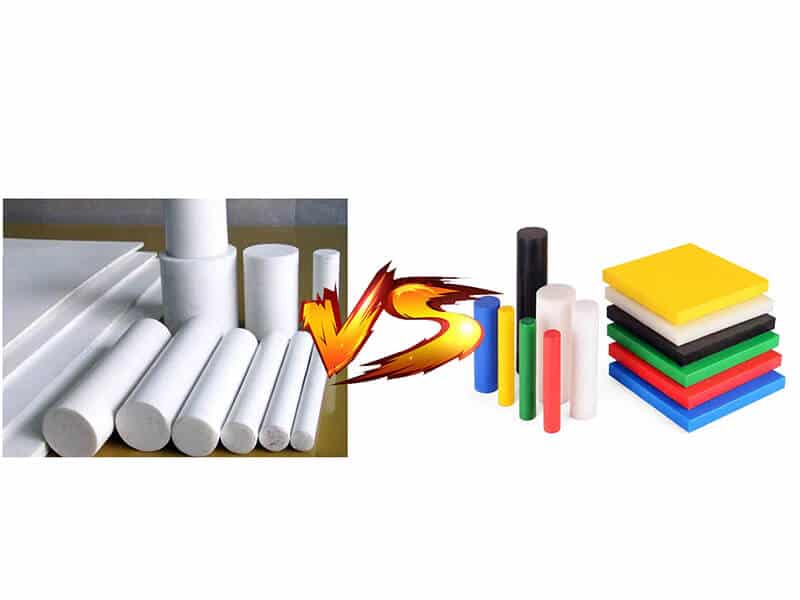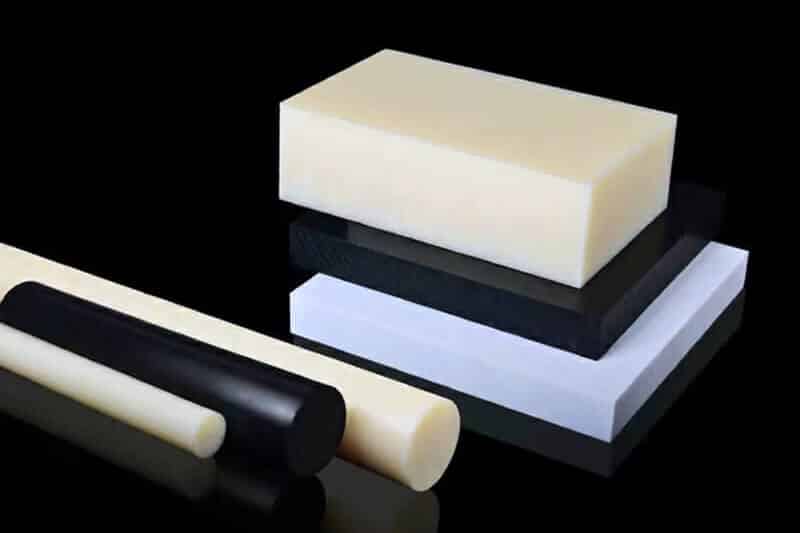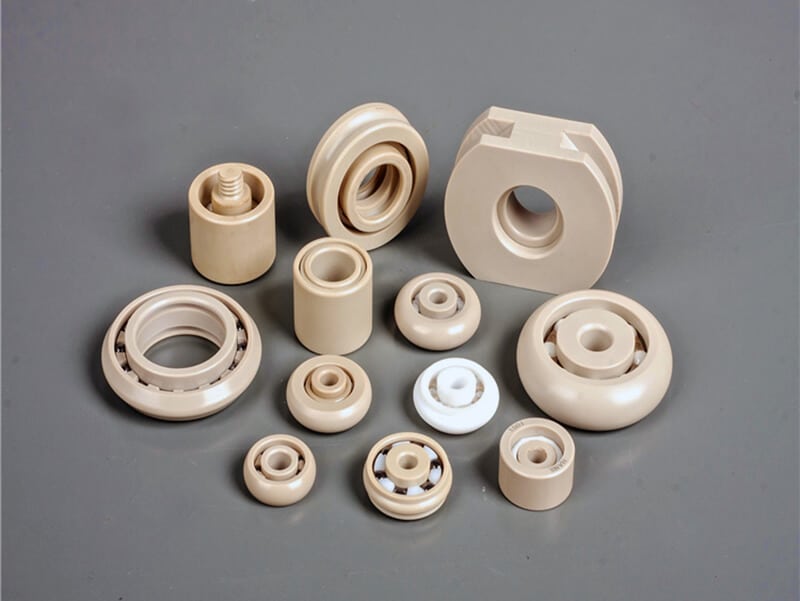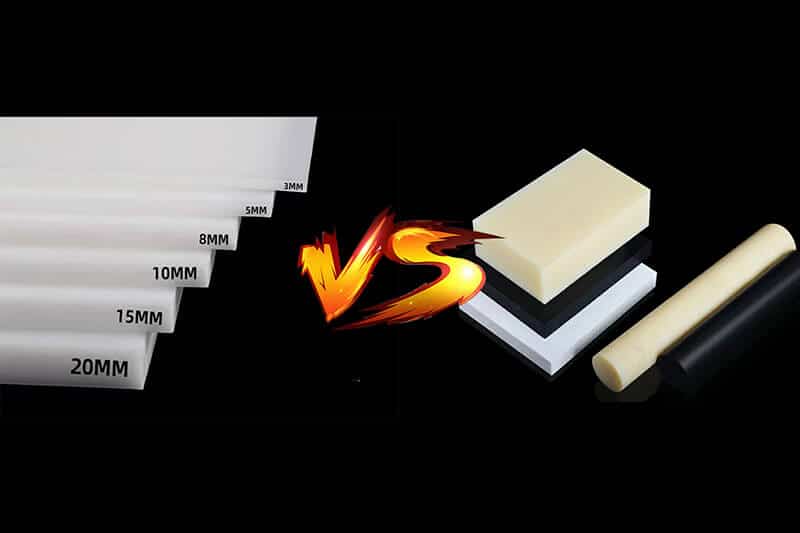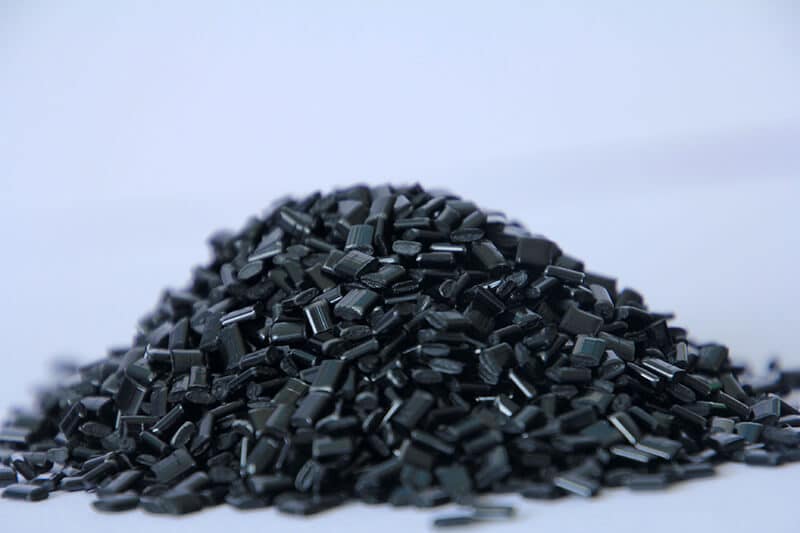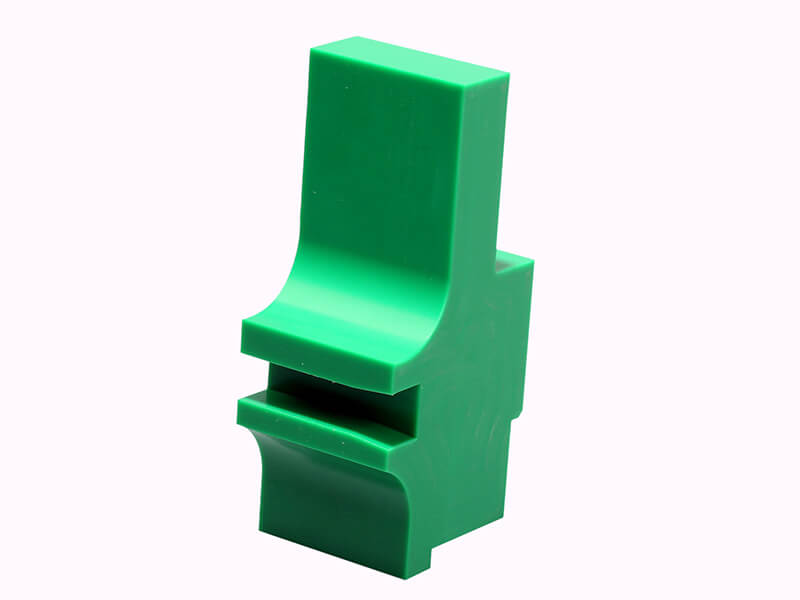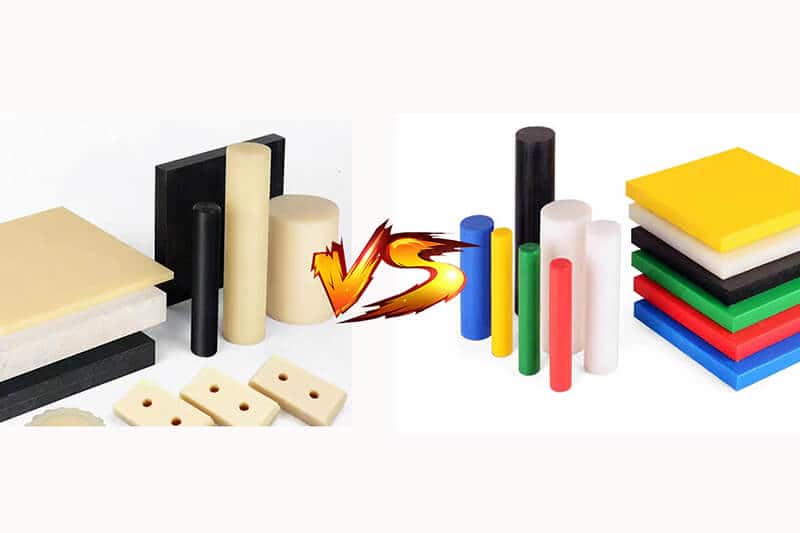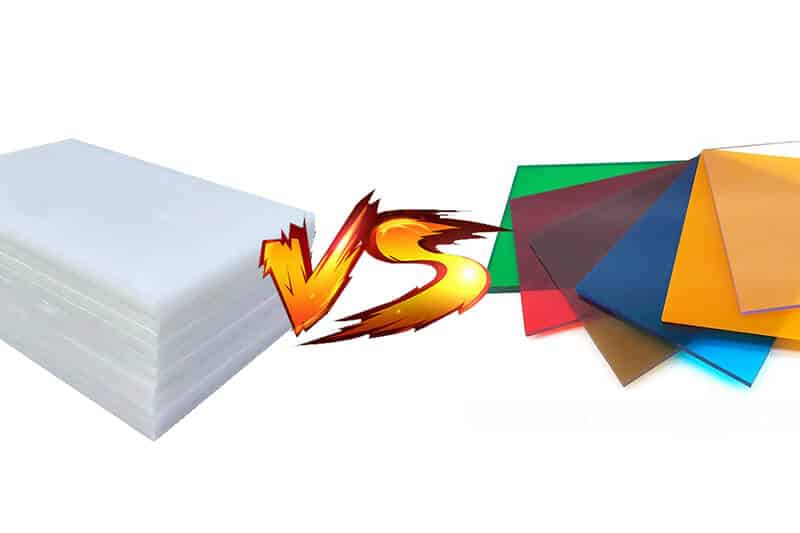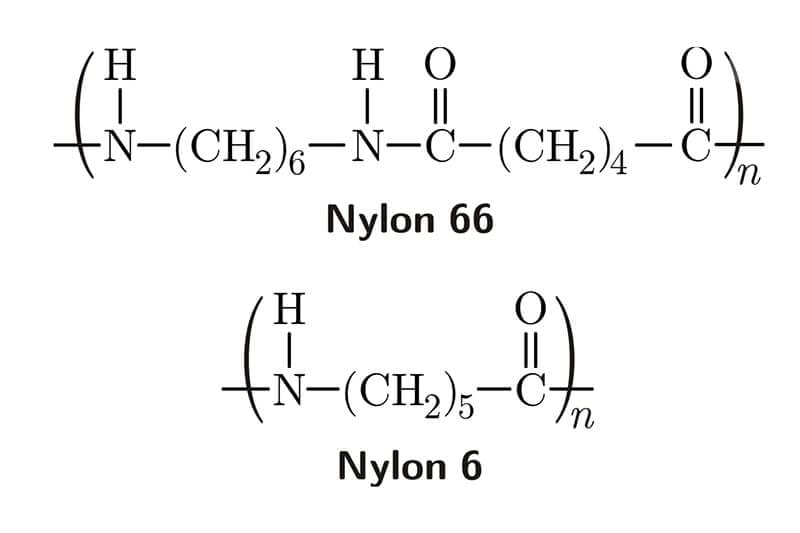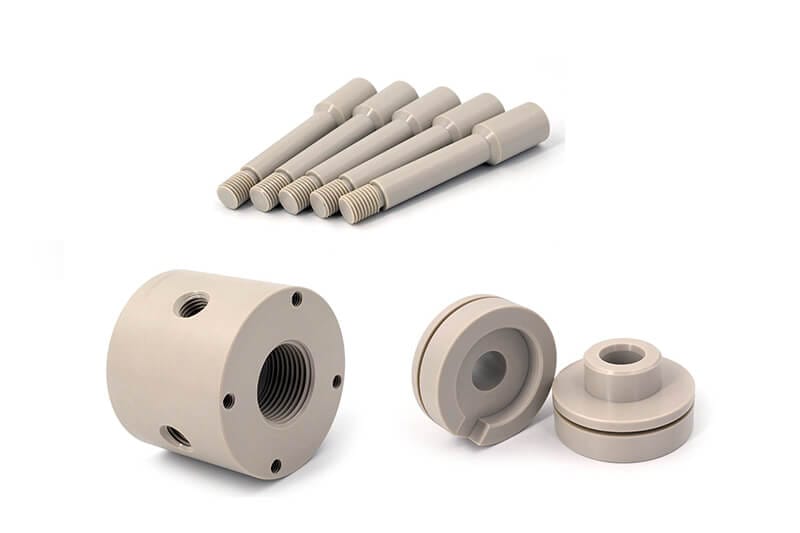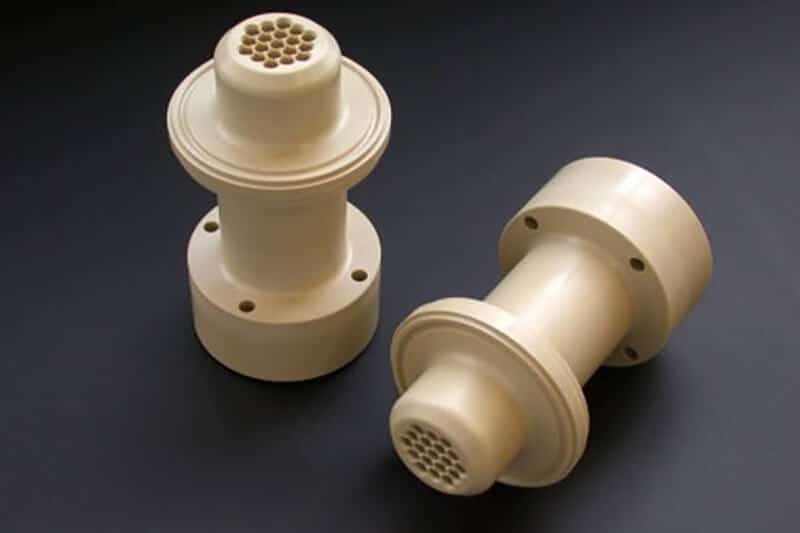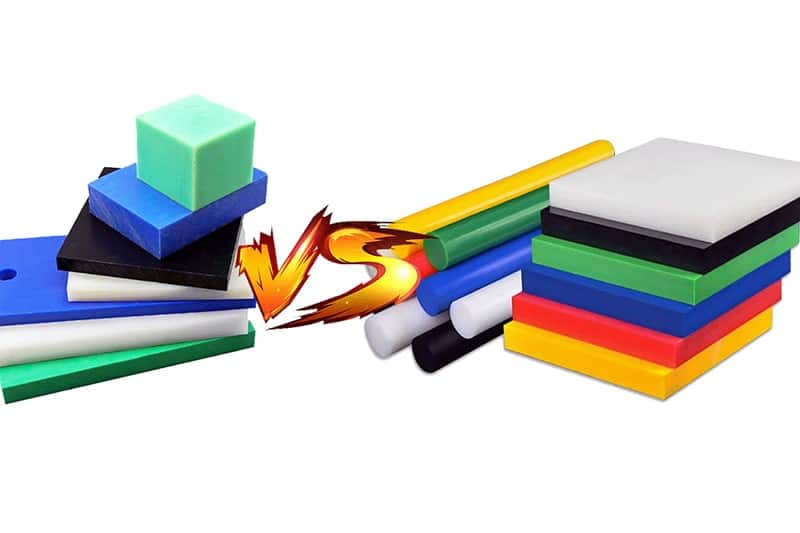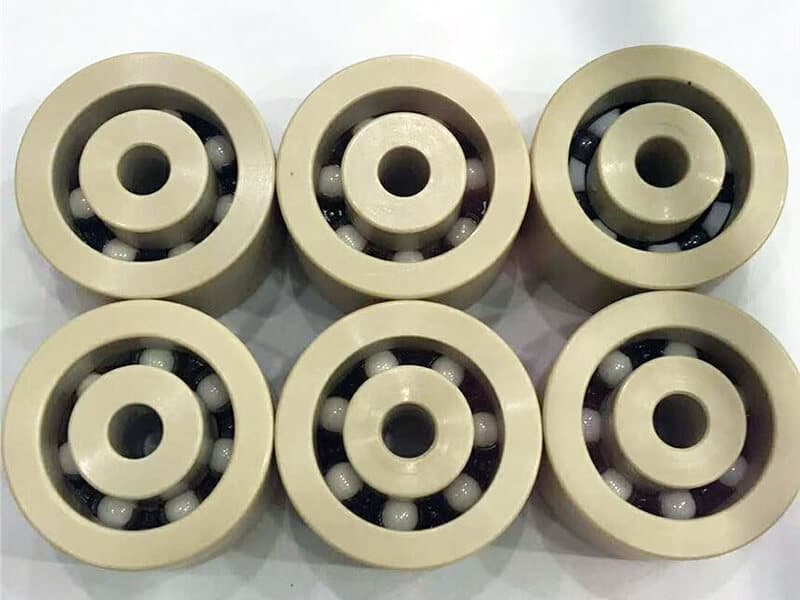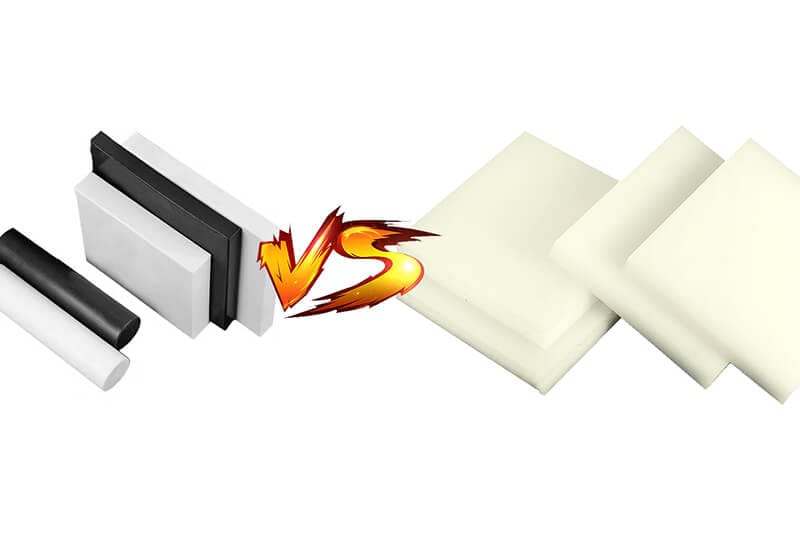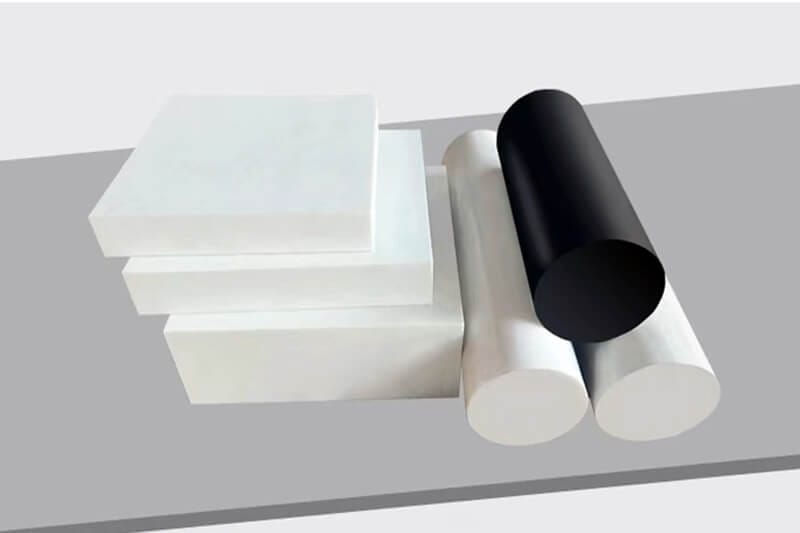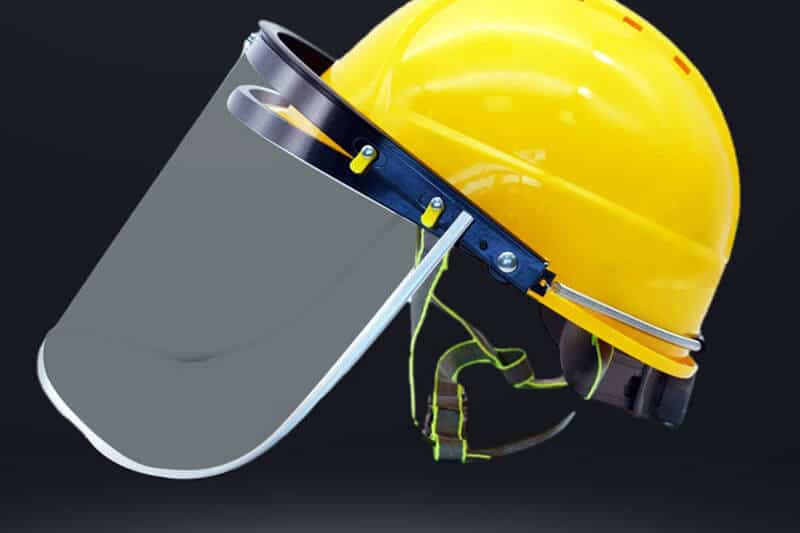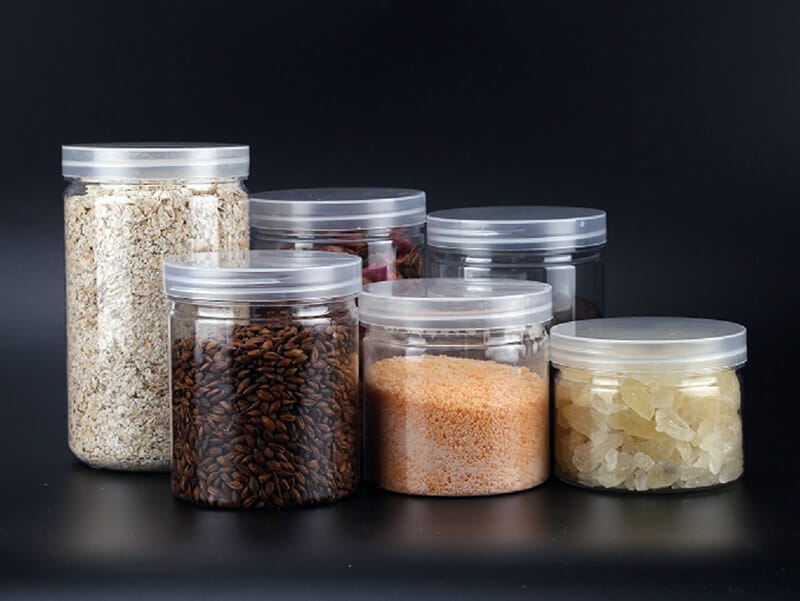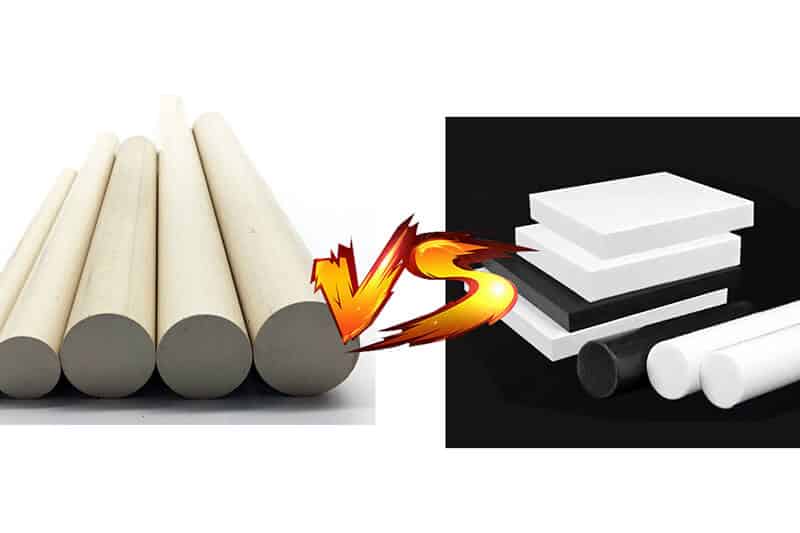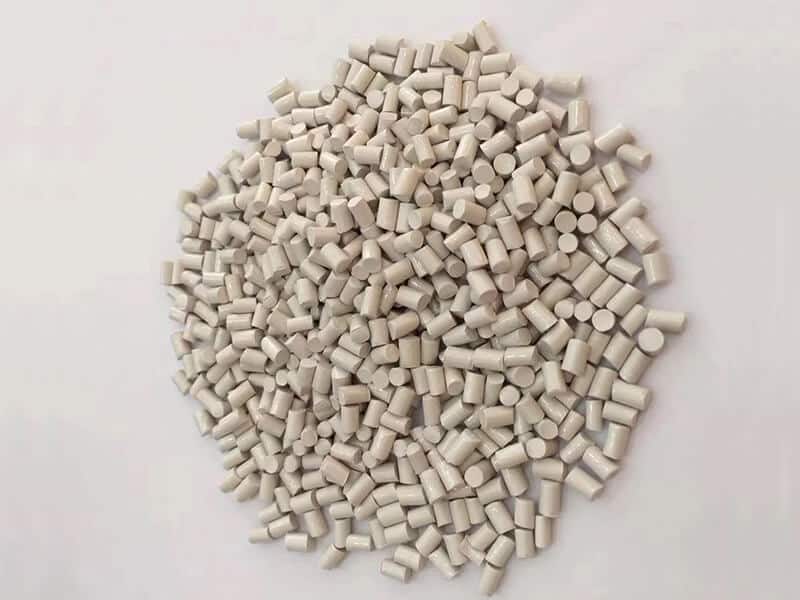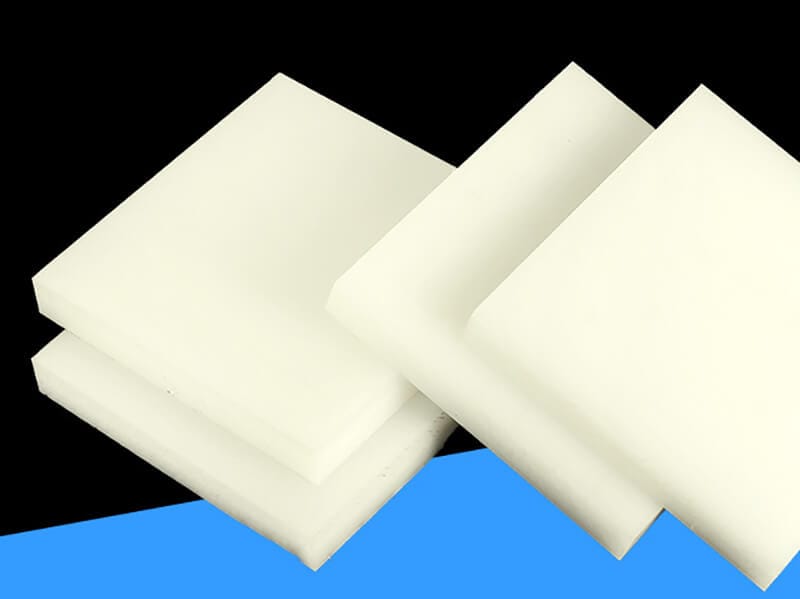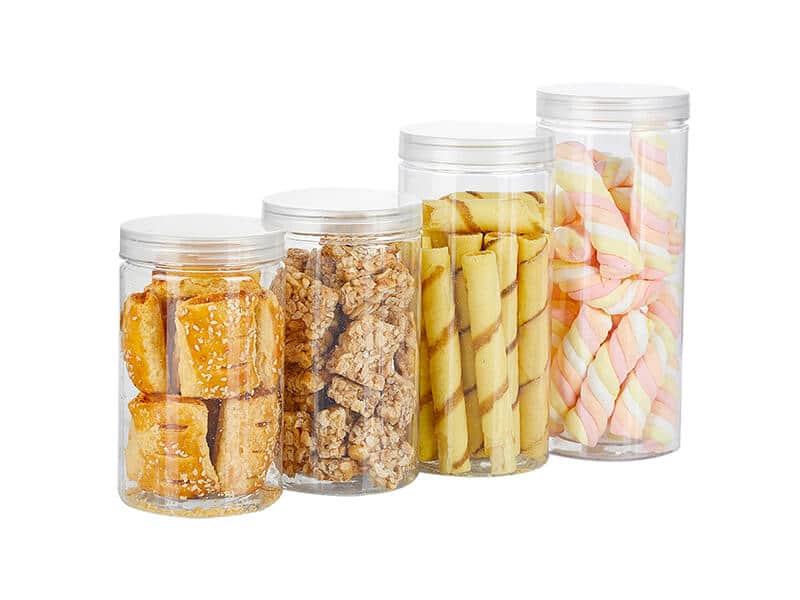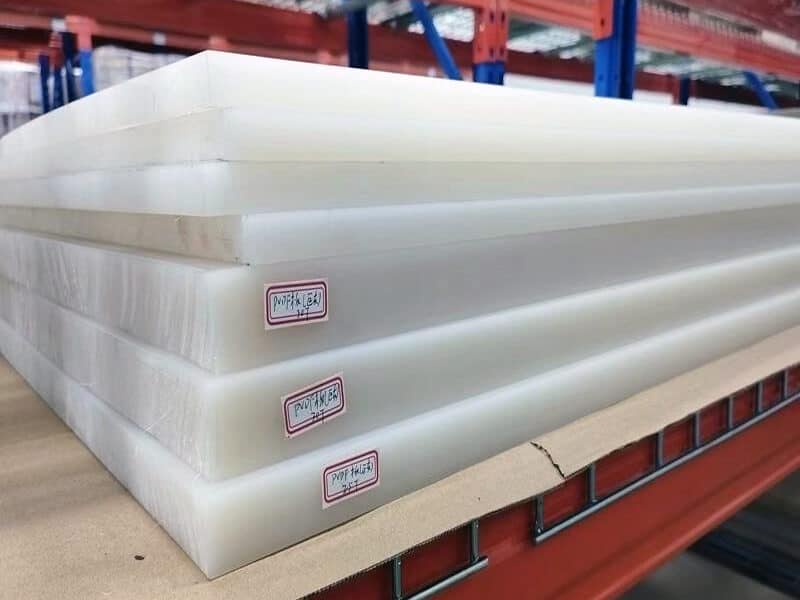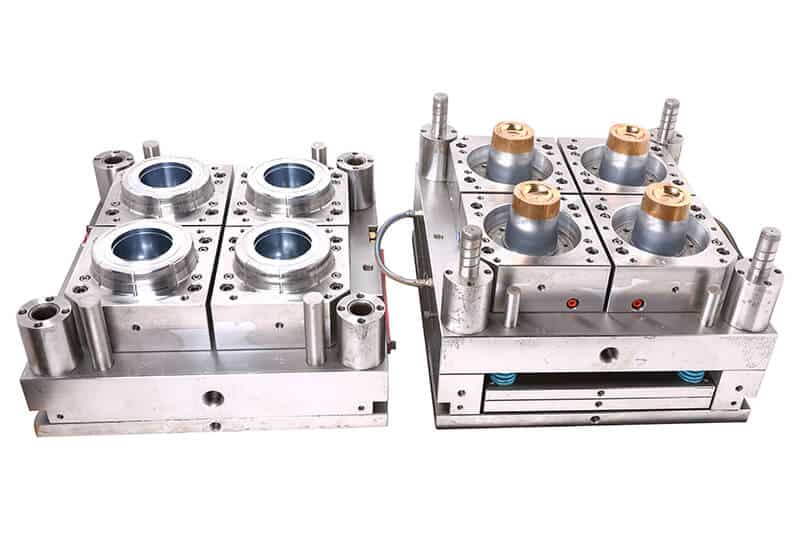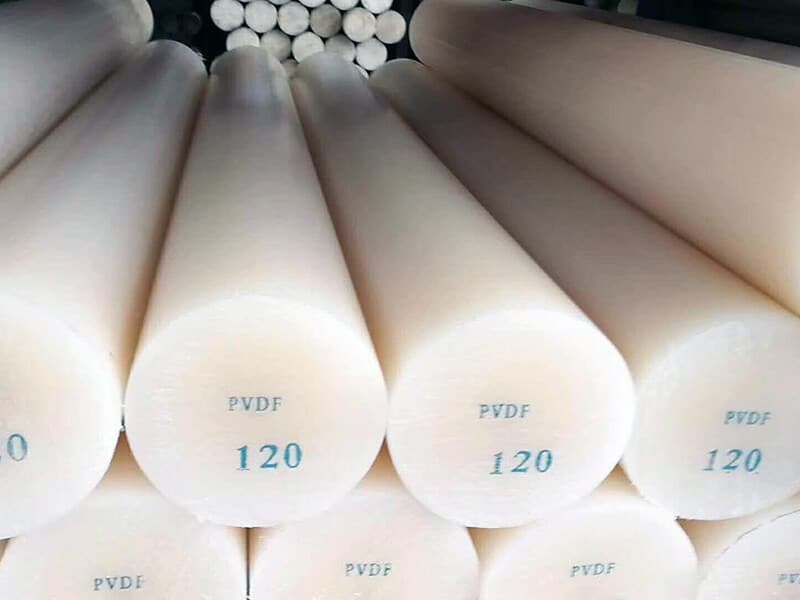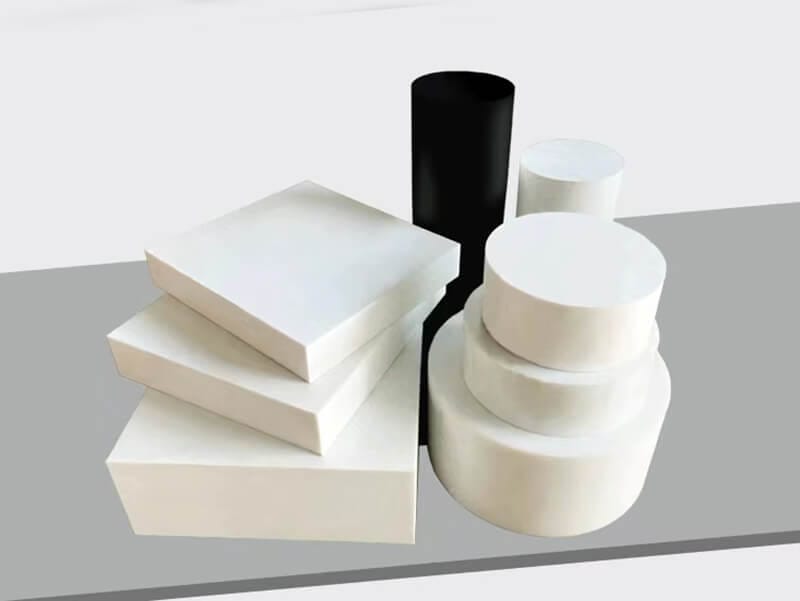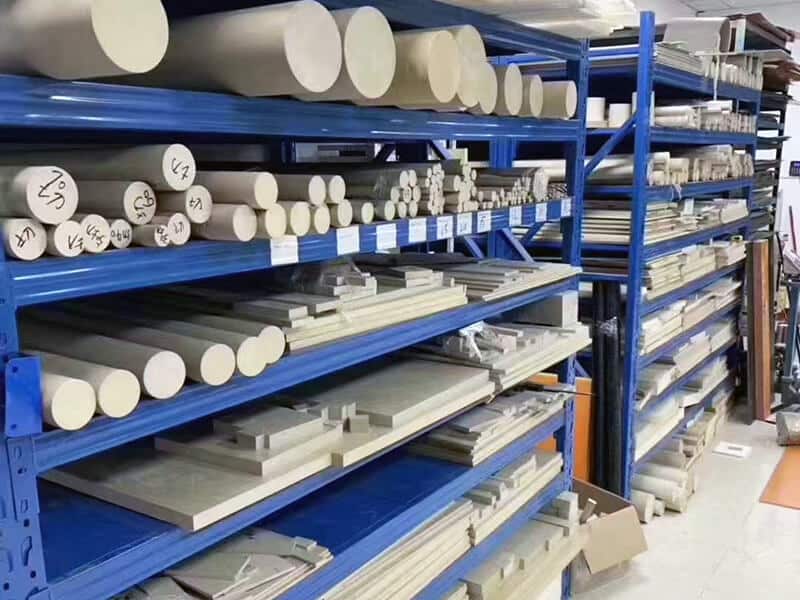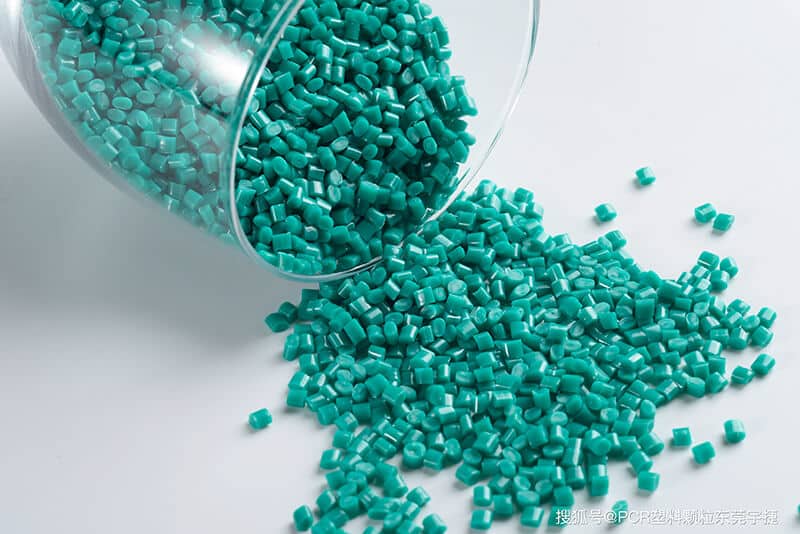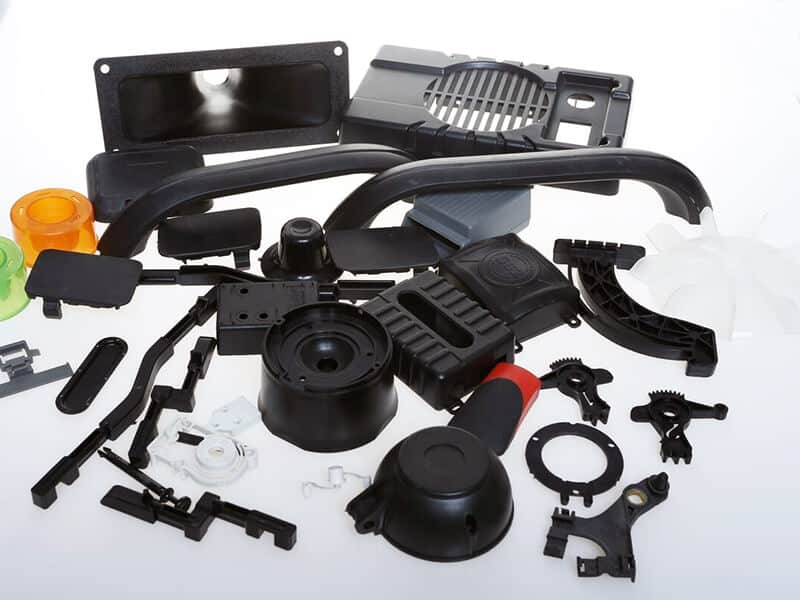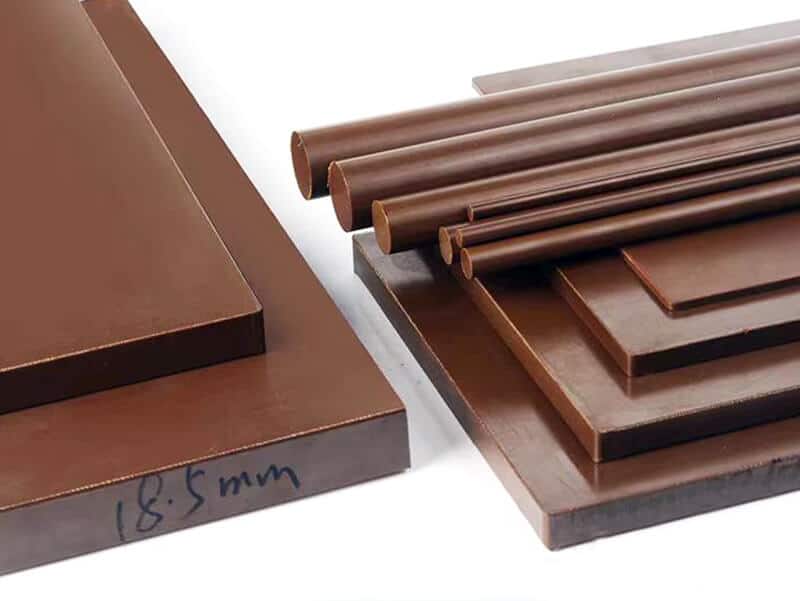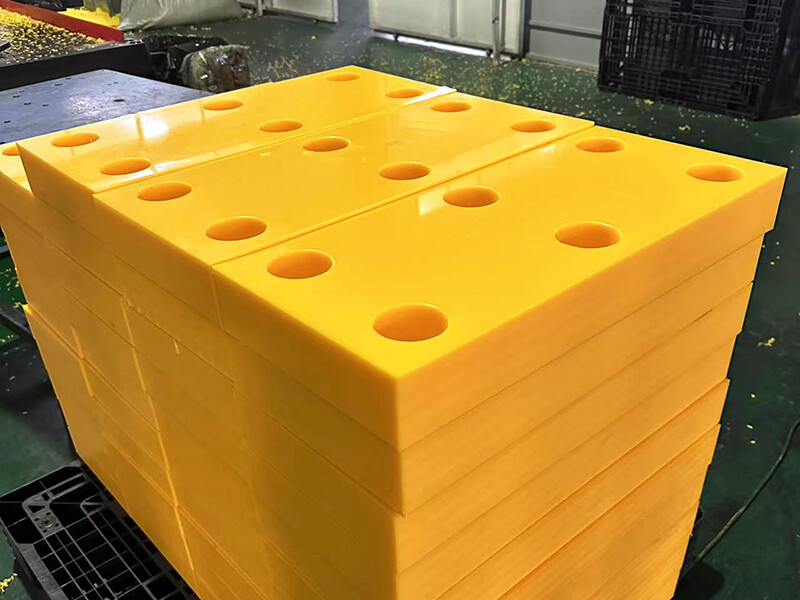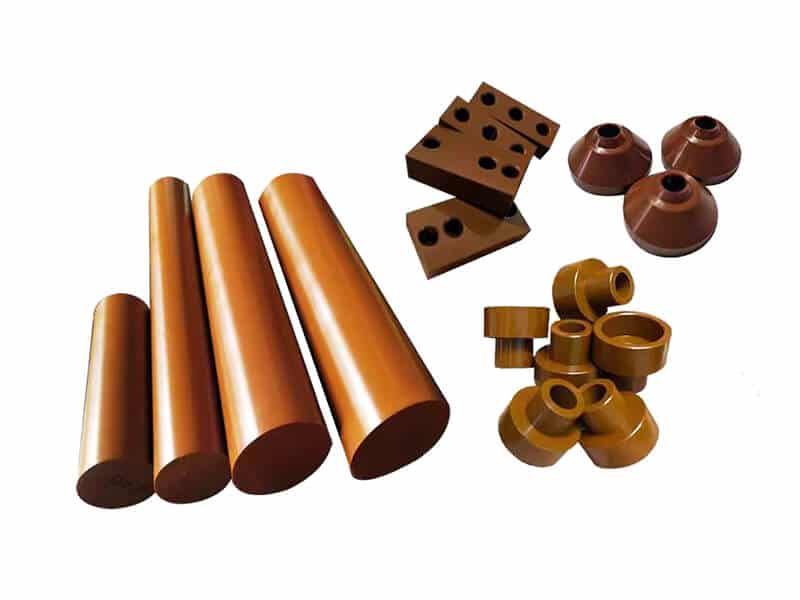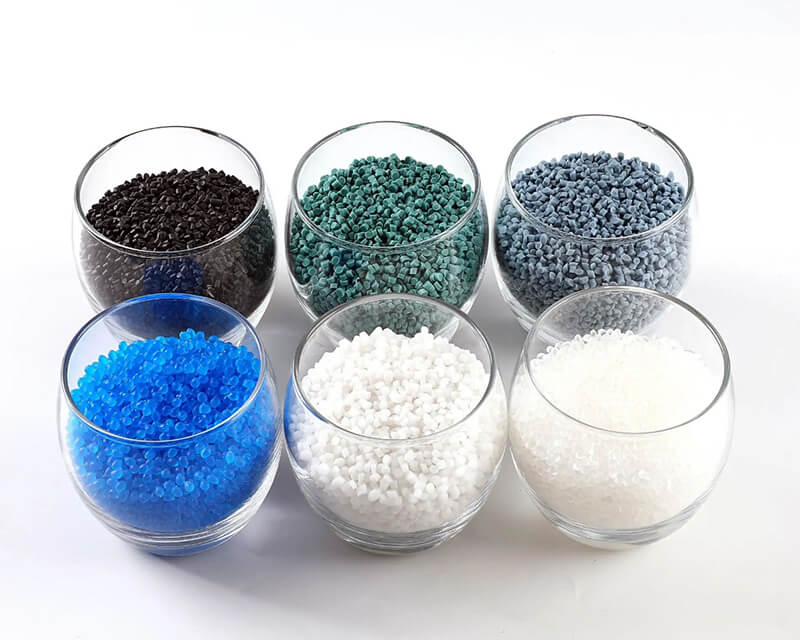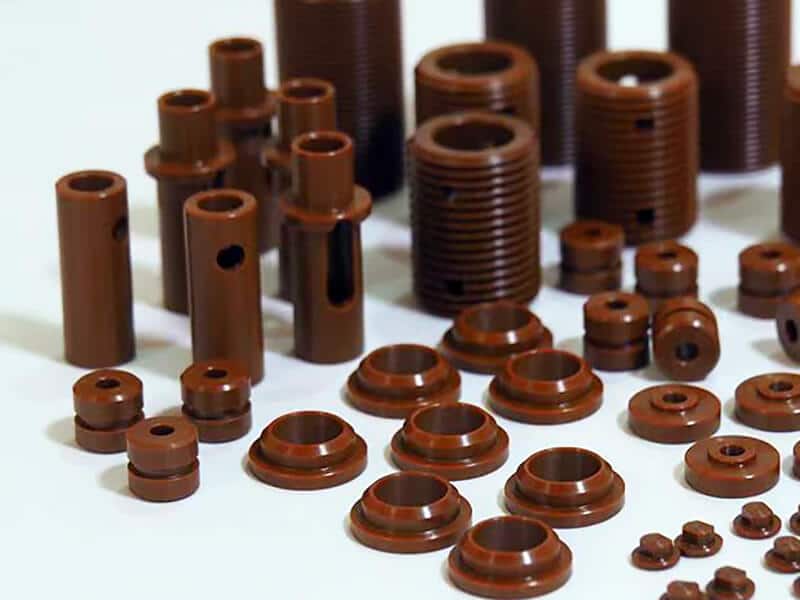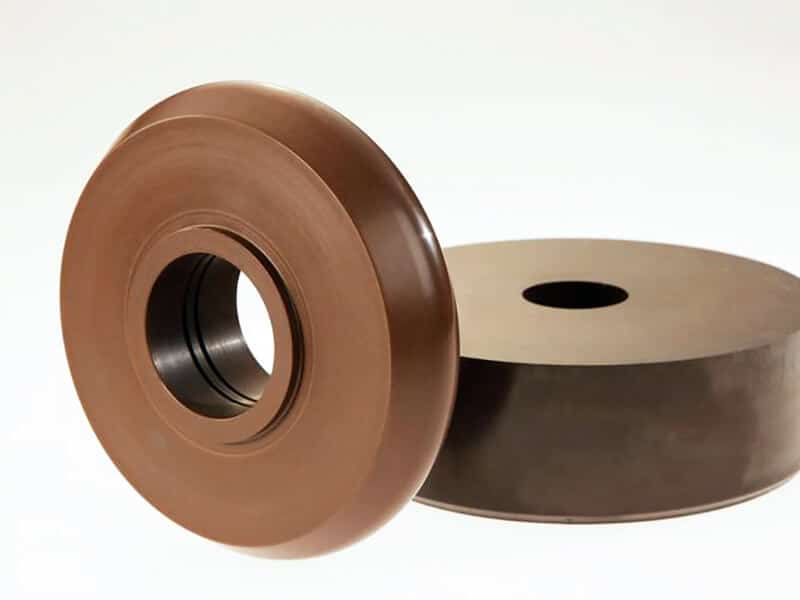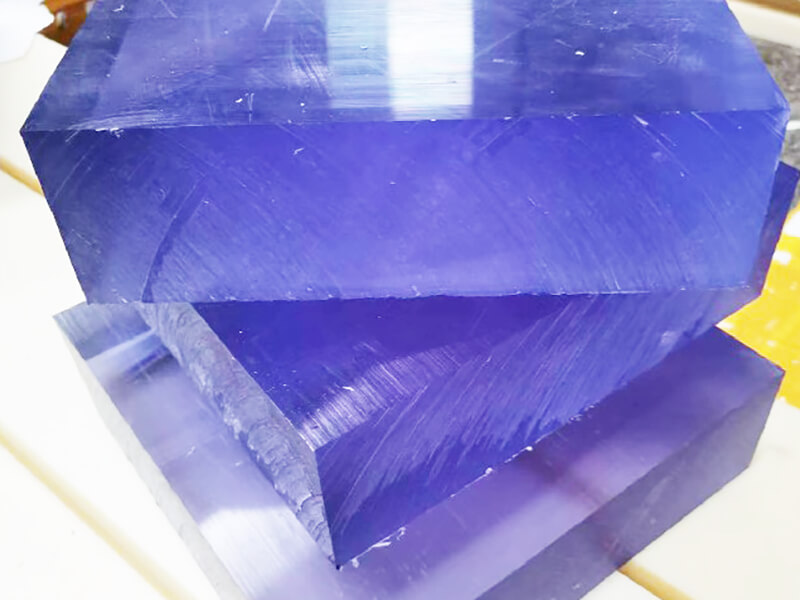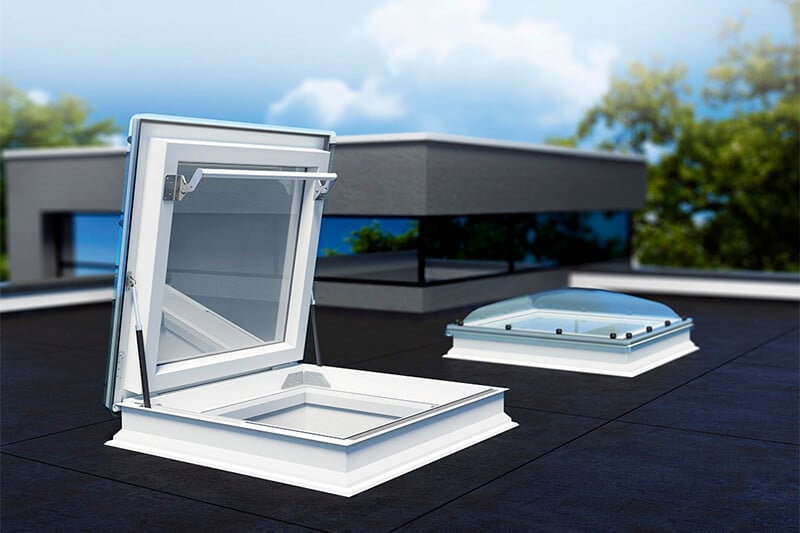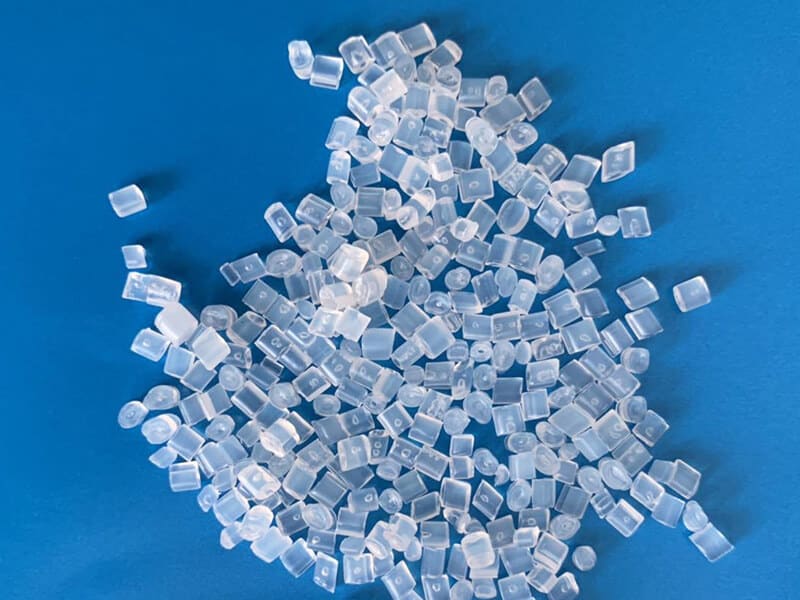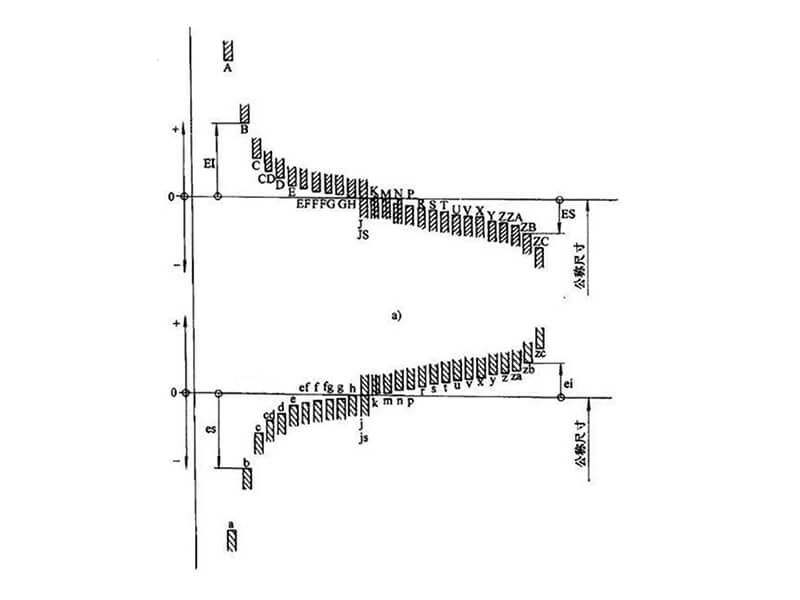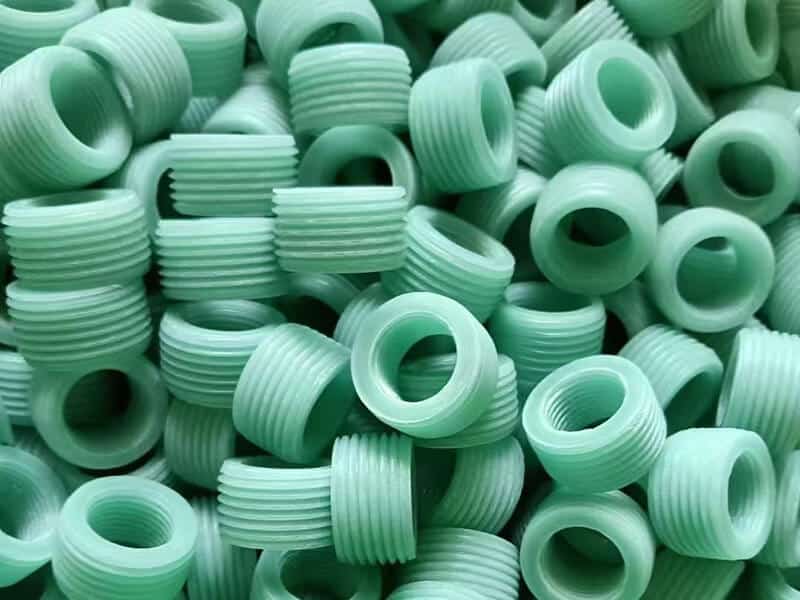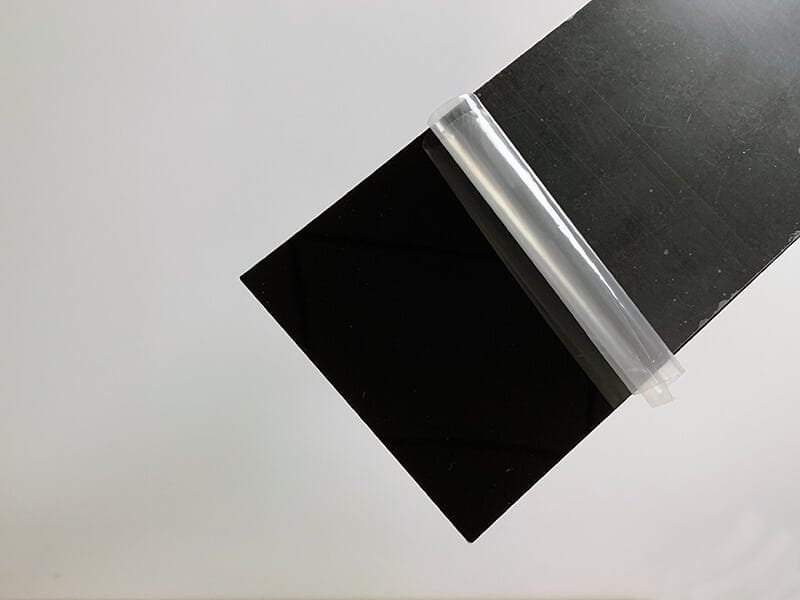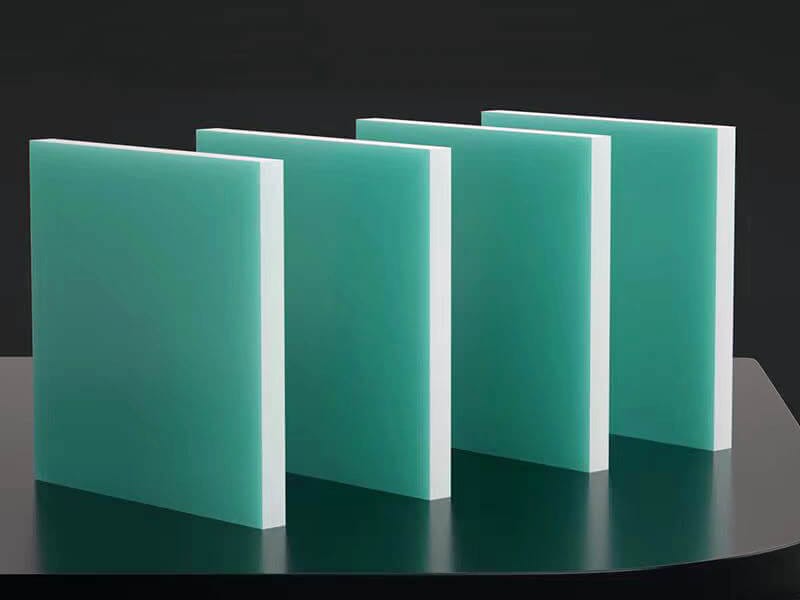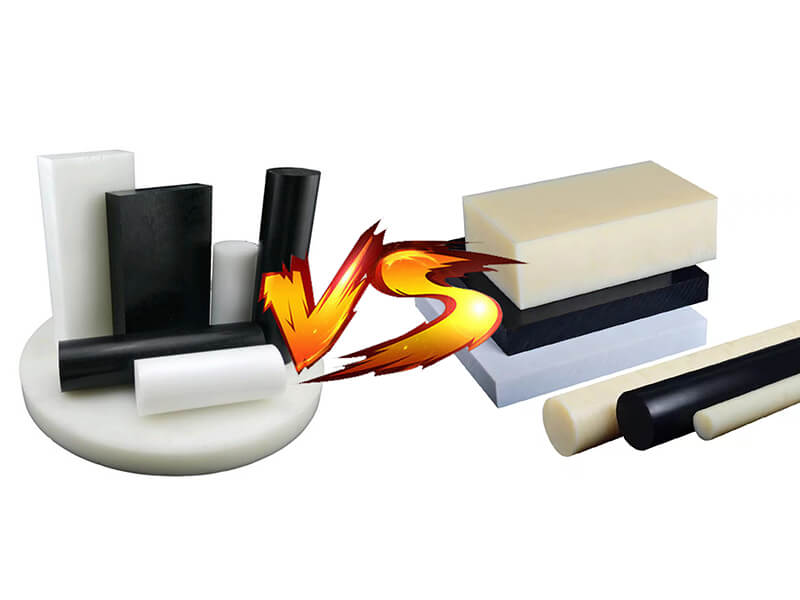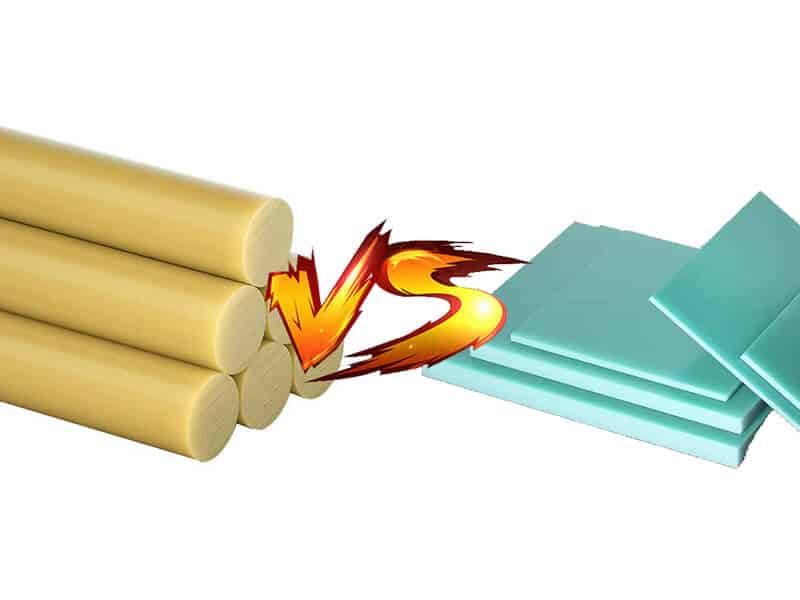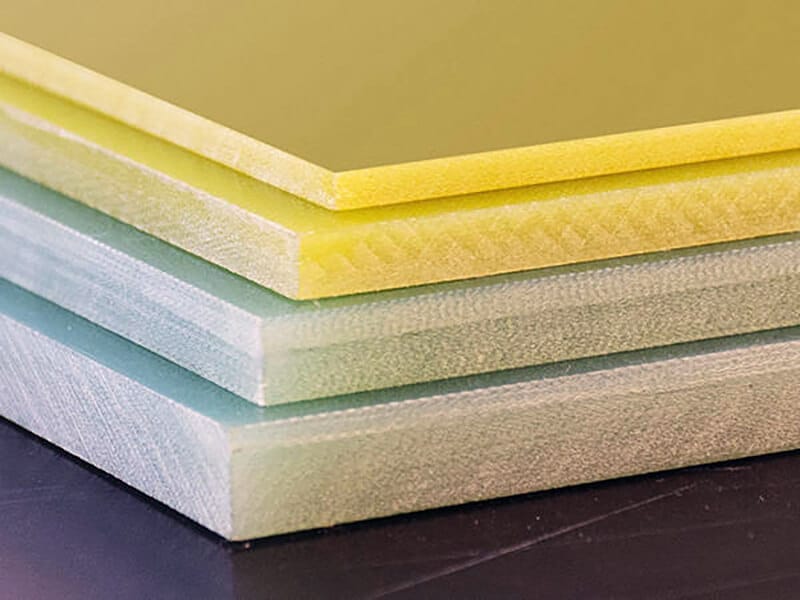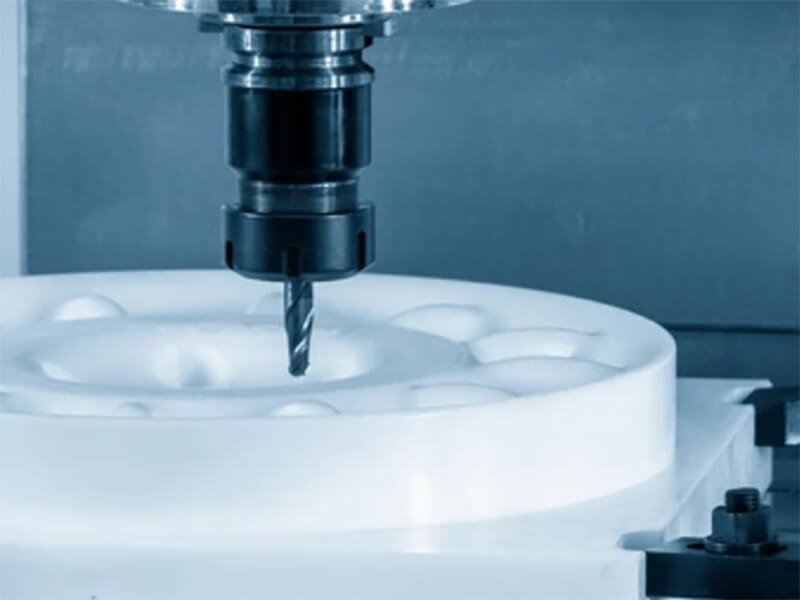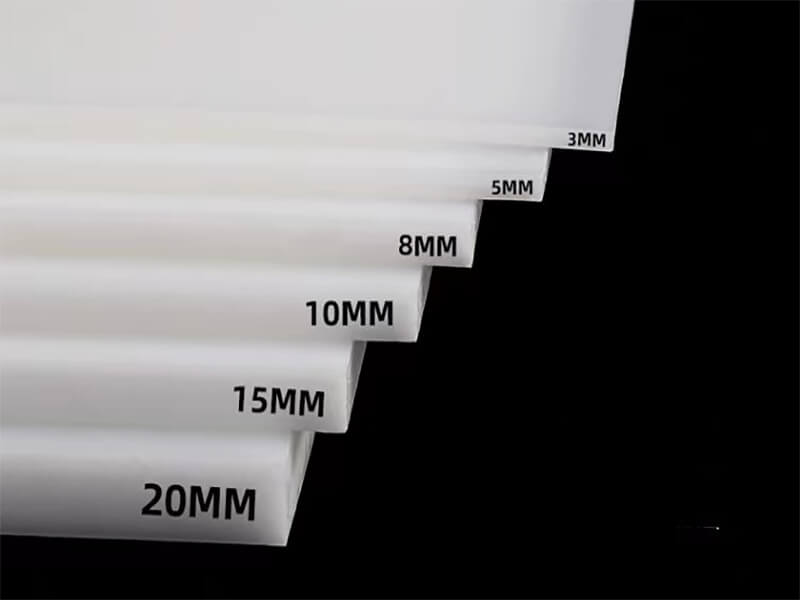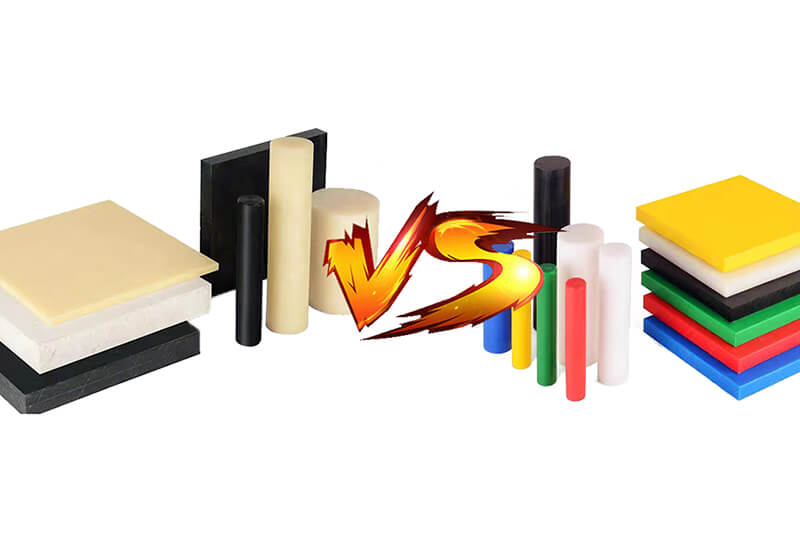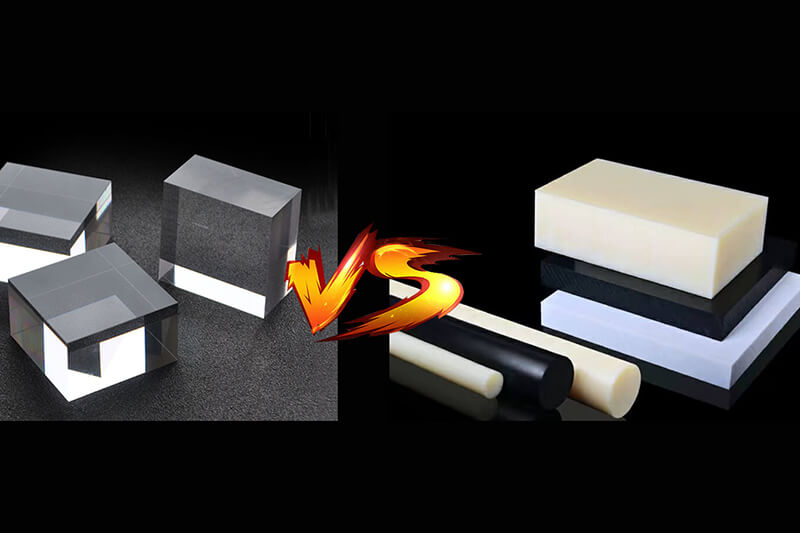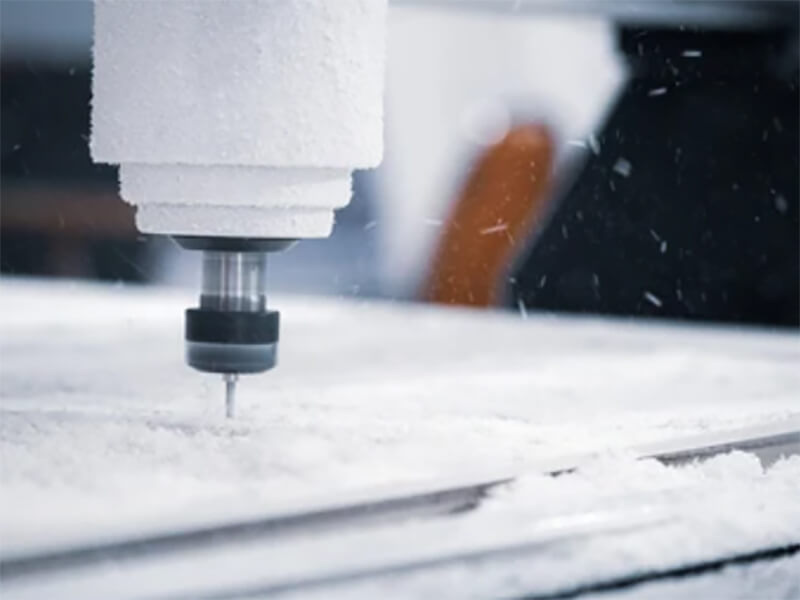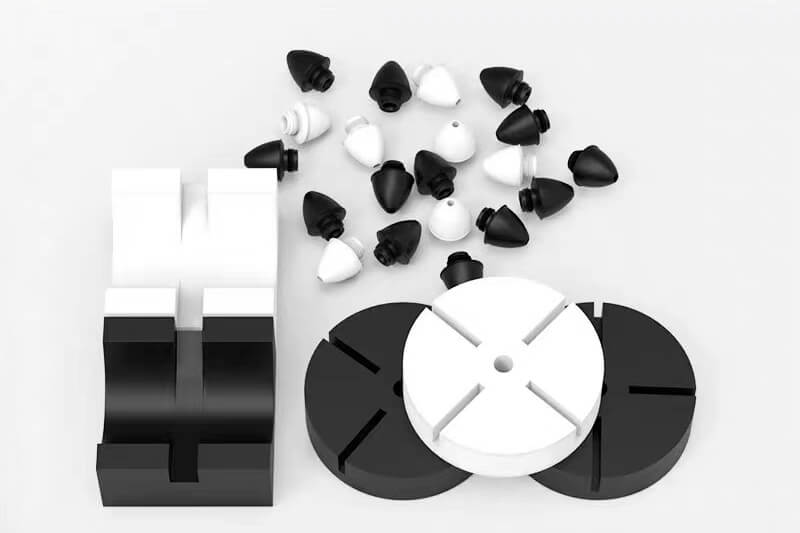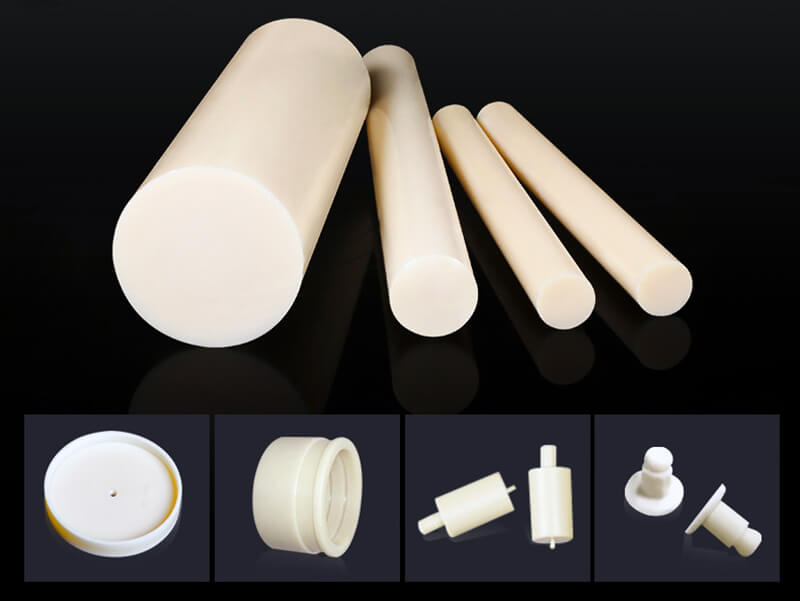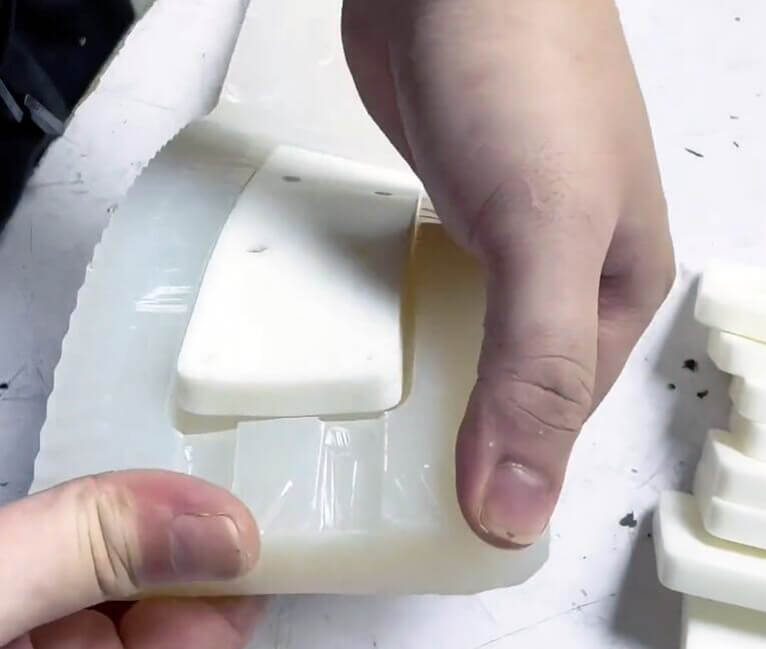Exploring the Key Differences and Best Applications Between Acetal and PTFE
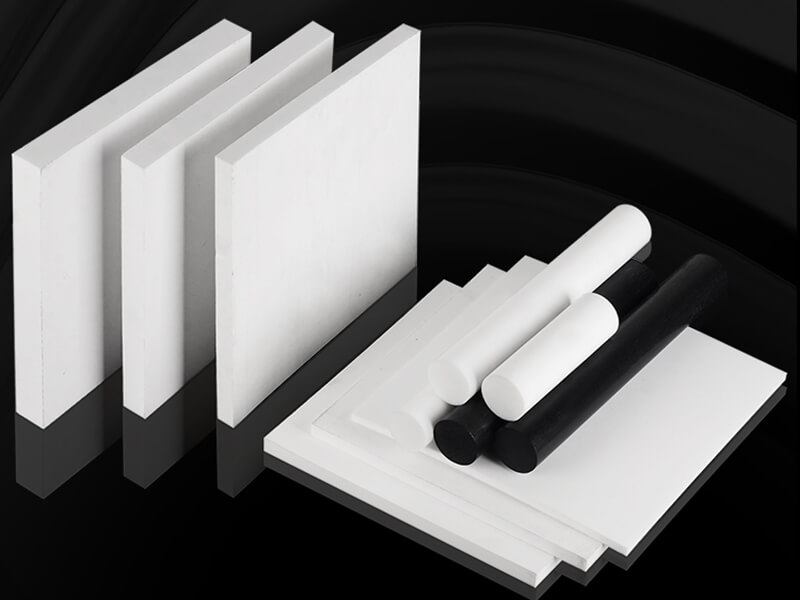
Understanding the key differences between Acetal and PTFE allows engineers and professionals to make informed choices as per specific. The knowledge of Acetal vs PTFE is crucial for choosing the right material as per respective industry needs while triggering innovation. In this article, we are going to detail Acetal vs PTFE while exploring the key differences and best applications of each material.
Acetal: Everything You Need to Know
Acetal is a less-known thermoplastic to the common people. This high-performance material is an alternative solution to metal. Within industry experts and engineers, it is highly popular for its associated recycling properties.
Acetals are formed through the reaction of an aldehyde or ketone with alcohol, and then the final substance becomes catalyzed by an acid. In terms of chemical composition, an acetal molecule consists of a central carbon atom singly bonded to two separate oxygen atoms.
Common Characteristics of Acetal
In this section, we list some basic characteristics of Acetal.
Common Applications of Acetal
Below are the most common applications of Acetal in various industries.
Advantages of Acetal
Here are some advantages of using Acetal as a construction material.
Disadvantages of Acetal
In particular, there are three must-know disadvantages associated with Acetal. Below are the drawbacks.
PTFE: Everything You Need to Know
PTFE was discovered accidentally in 1938 by a chemist named Roy Plunkett while working on refrigerants. Its full name is Polytetrafluoroethylene. In the market, it is well known as “Teflon.”
It is the chemical composition of four substances: water, fluorspar, hydrofluoric acid, and chloroform. To produce PTFE, these four ingredients are burned in a chemical reactor, maintaining the temperature of 590°C to 900°C.
Common Characteristics of PTFE
Below are the must-mention characteristics of PTFE.
Common Applications of PTFE
Here, we list some of the most common applications of PTFE.
Advantages of PTFE
Here are some important advantages of PTFE used in product construction.
Disadvantages of PTFE
Below are the disadvantages of PTFE.
Comparison Between Acetal Vs. PTFE
| Type | Acetal | PTFE |
|---|---|---|
| Short description | Acetal is a less-known high-performance thermoplastic | PTFE is a synthetic fluoropolymer of tetrafluoroethylene |
| What ingredients were used to make this | Mix of aldehyde or ketone with alcohol, and catalyzed by an acid | Fluorspar, hydrofluoric acid, and chloroform |
| Applications | Acetal is used to manufacture airsoft guns, vehicle fuel sender units, power windows, door locks, knife handles, coffee brewers, etc. | PTFE is used in non-sticking cooking wares, vessel lining, chemical tank coating, etc. |
| Characteristics | It offers outstanding strength, stiffness, and durability with a low coefficient of friction. | PTFE has low coefficient of friction, non-stick properties, thermal stability, dielectric properties, etc. |
| Trade Name | It is known as Celcon | It is known as Teflon |
| Price | Per Ton price is $750 to $1,250 | Per Ton price is $8,850 to $16,000 |
Related Blogs

Looking for a trustworthy Supplier
Need a Trustworthy Supplier of Plastic, Foam, Sponge, Rubber, Metal, and Machining Solution. Click the Button, We Will Be In Touch With You As Quickly As Possible.
